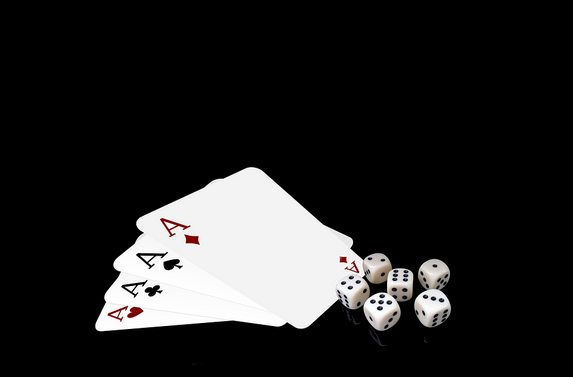In the vibrant world of casino games, few are as exhilarating and dynamic as craps. Amidst the cheers and anticipation around the craps table, there lies a fascinating world of probability and mathematics governing the outcome of each roll. Understanding the intricacies of the probabilities associated with the dice is key to making informed decisions and maximizing your enjoyment of the game. In this article, we’ll delve into the mathematics behind craps, shedding light on the probabilities that shape the outcomes at the heart of this thrilling casino classic.
The Basics: Two Dice and Infinite Possibilities

At the core of craps lies a pair of six-sided dice, each numbered from 1 to 6. The combinations that can be achieved by rolling these dice create a multitude of potential outcomes, laying the foundation for the game’s excitement. Each die contributes to the overall probability landscape, and the combined result determines the course of the game. You can use the Craps Odds Chart to gain insights into the likelihood of specific outcomes based on different dice combinations. The chart provides a visual representation of the probabilities associated with each possible total when two six-sided dice are rolled.
The Seven and Its Significance
In craps, the number 7 holds a special place due to its frequent occurrence in various dice combinations. With two dice, there are six possible ways to roll a 7: 1+6, 2+5, 3+4, 4+3, 5+2, and 6+1. No other number can be achieved in as many ways, making 7 the most probable outcome in a single roll.
The Point System and Probability

Once a shooter establishes a point, the game enters a phase where specific numbers become crucial. The probability of rolling the established point before rolling a 7 determines the likelihood of success for various bets, such as the Pass Line and Come bets. Understanding these probabilities is instrumental in making strategic decisions during the game.
Craps Bets and Their Odds
Various bets in craps come with distinct probabilities and payouts. For instance, the Pass Line bet, one of the most common in craps, has a high probability of winning on the come-out roll but offers even money. On the other hand, bets like the Hardways or Proposition bets involve specific dice combinations, presenting higher payouts but lower probabilities.
The Role of True Odds and House Edge

Craps enthusiasts often turn to Odds bets to capitalize on the true probabilities of specific outcomes. True Odds bets have no house edge, offering players a fair chance at winning. However, many other bets in craps come with a built-in house edge, which is the casino’s advantage over the player. Understanding the interplay between true odds and the house edge is crucial for making strategic wagers.
While craps may seem like a game of chance, the underlying mathematics and probabilities add a layer of strategy and intrigue. Armed with an understanding of the probabilities associated with each roll, players can approach the craps table with confidence, making informed decisions and maximizing their enjoyment of the game. Whether you’re a novice or a seasoned craps enthusiast, unraveling the mathematics behind the dice can enhance your appreciation for the dynamics and excitement that define this captivating casino classic. So, the next time the dice are in motion, you’ll be equipped with the knowledge to navigate the probabilities and savor every moment at the craps table.

